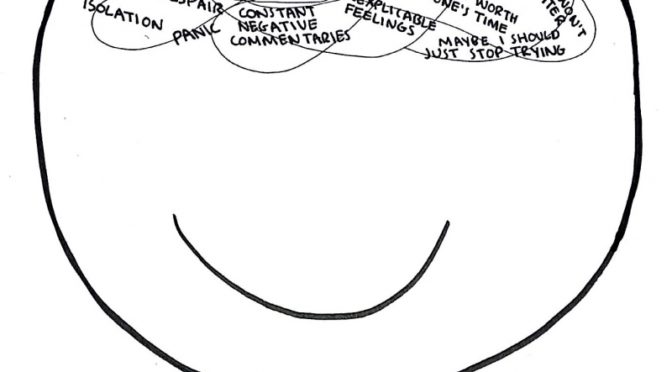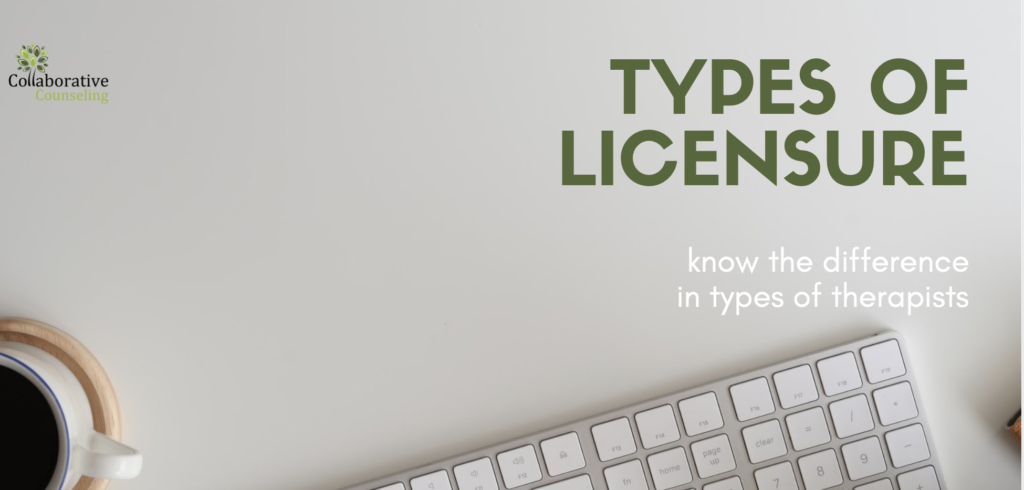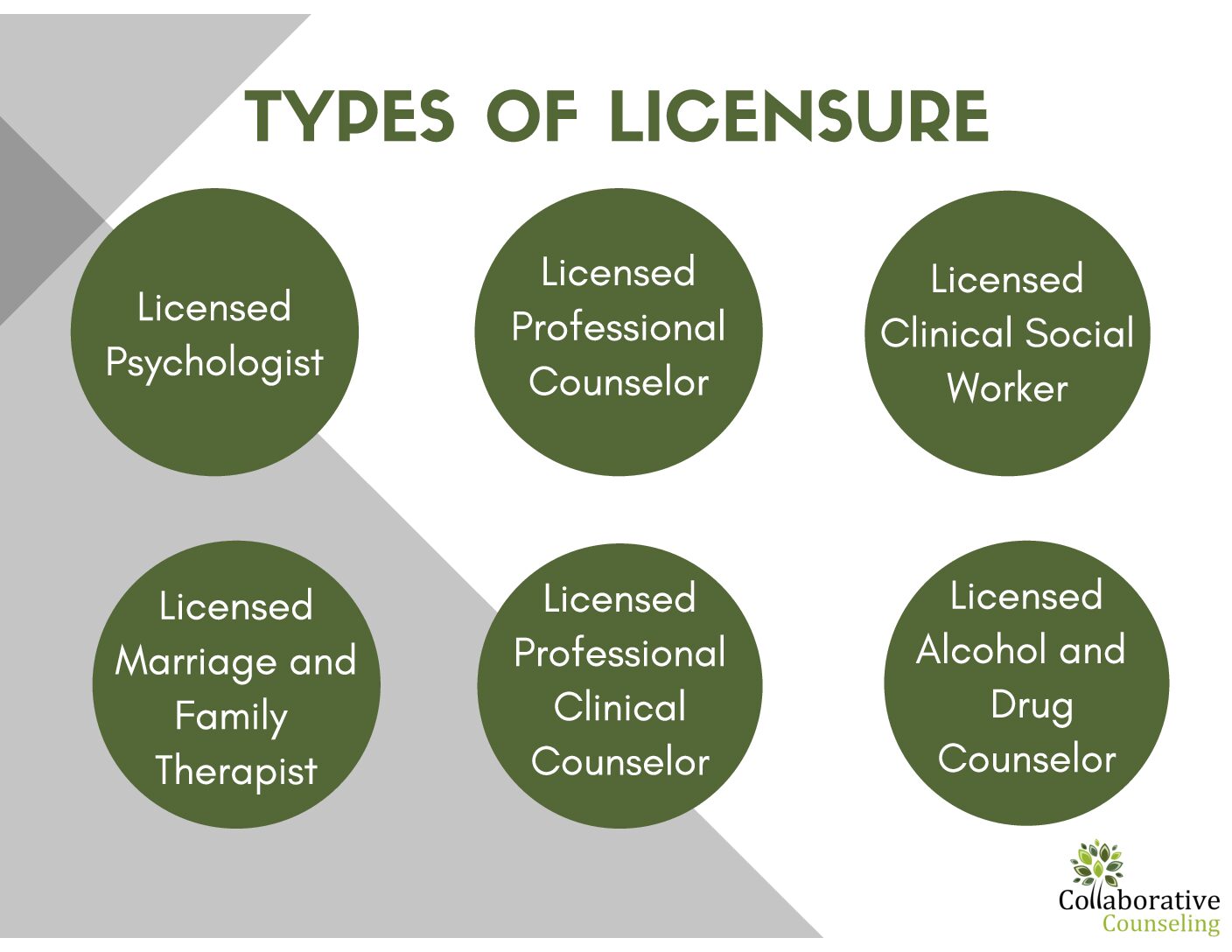How to help your child get back into a school routine
Posted by Collaborative Counseling

The back-to-school season can be a challenging time for both kids and parents. After a long summer of freedom, it can be tough to get back into the swing of things. But with a little planning and preparation, you can help your child get back into a school routine with ease.
Here are some tips:
- Start establishing a routine a few weeks before school starts. This will give your child time to adjust to the new schedule and make it less of a shock when the first day of school arrives. Start by gradually shifting bedtimes and wake-up times earlier. You can also start incorporating some school-like activities into your child’s day, such as reading, writing, and doing math problems.
- Create a visual schedule. A visual schedule can be a helpful tool for children who are visual learners. It can help them see what activities they need to do each day and in what order. You can create a simple schedule on a piece of paper or use a more elaborate planner.
- Be consistent. Once you’ve established a routine, it’s important to be consistent with it. This means sticking to the same bedtimes, wake-up times, and activities each day. If you’re inconsistent, your child will be more likely to get confused and frustrated.
- Be patient. It may take some time for your child to adjust to a new routine. Be patient with them and don’t get discouraged if they have setbacks. Just keep providing them with support and encouragement, and they’ll eventually get the hang of it.
- Make it fun. Try to make the school routine as fun and enjoyable as possible for your child. This could mean incorporating some of their favorite activities into the schedule, such as listening to music, playing games, or reading books.
- Celebrate successes. When your child does a good job of following the routine, be sure to celebrate their successes. This will help them stay motivated and on track.
Here are some additional tips for helping your child get back into a school routine:
- Talk to your child about their fears and concerns. Many children are apprehensive about the start of a new school year. They may be worried about making new friends, doing well in their classes, or being bullied. Talk to your child about their fears and concerns and help them develop strategies for coping with them.
- Help your child get organized. Make sure your child has a place for everything they need for school, such as their backpack, books, and school supplies. You can also help them create a homework space that is quiet and free from distractions.
- Encourage your child to get involved in extracurricular activities. Extracurricular activities can help your child make new friends, learn new skills, and stay active. They can also provide a welcome break from the stress of school.
- Make sure your child is getting enough sleep. Getting enough sleep is essential for children’s physical and mental health. It also helps them stay alert and focused in school.
- Eat healthy meals and snacks. Eating healthy foods gives children the energy they need to learn and grow. It also helps them stay focused and alert in school.
- Limit screen time. Too much screen time can interfere with sleep, school performance, and overall health. Limit your child’s screen time to two hours or less per day.
Following these tips can help your child get back into a school routine with ease. With a little planning and preparation, you can help them have a successful and enjoyable school year.
Read More
 View Our Locations
View Our Locations Request Appointment
Request Appointment










